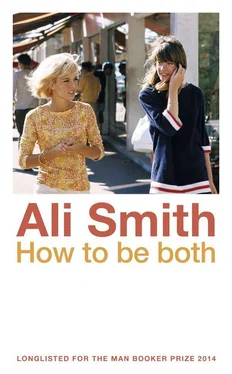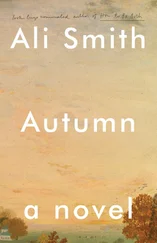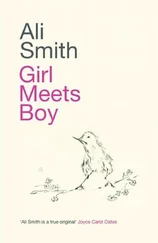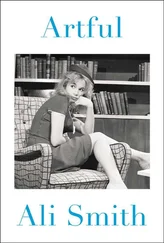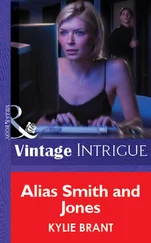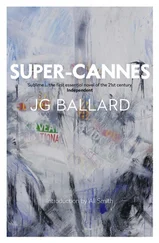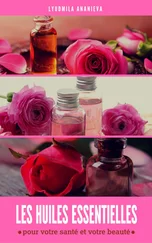Then she and I lay down on the bed and closed our eyes and she woke rested, the same as Ginevra (I did too, to find I was in her arms and most content and warm, it was most pleasant), and she thanked me for both the picture and the chance to catch up on her sleep.
You’re a rare client Mr Francescho and I hope you’ll choose me again, she said.
I left with the coins in my pocket and bought Barto and me both our breakfasts that day.
So I went about my apprenticeship with my father and my brothers all that week thinking I was on to quite a winning thing working freelance at the house of pleasure.
The time after that it was the girl called Isotta, who was black-haired and dark-skinned, not much older than me, and who sat demure on the bed while we discussed and agreed the drawing of her and the price she’d pay then when I turned my back to get my paper and tools out of my satchel sneaked silent up the bed like a cat and turned me and kissed me full on the mouth when I didn’t expect it and had never expected such a thing to happen with any tongue ever, to me, and then she surprised me more by slipping (at the same time as she kissed me, hard yet soft and full at the lip, both) a hand down inside the front of my breeches: the fear that went through me then when she did this and I knew that any second she’d know me truly was 100 times stronger than the feeling released by the kiss, and both were the strongest things I’d felt in all my years alive.
But what she did to me next with that hand made me feel something 1000 times stronger than any fear, and when I comprehended that this girl was now all delight, when I felt delight go through her at what her hand had found there and then when I opened my eyes and saw for sure this delight on her most handsome face, well, I understood this, then: that fear is a nothing in the world, a paltry thing, compared.
I knew it, she said, as soon as I saw you. And I saw you the first night you came here, though you didn’t see me. And I saw you the next, and I knew both times, and both times I wanted you for me.
She kissed me again, and had me out of my clothes in no time: in no time she’d taught me the rudiments of the art of love and let me practise back on her generously: after which, I moved to the end of the bed and she stayed among the pillows and I caught her on the paper in a form both sated and ready, still tensile as a bowstring drawn back ready for its arrow, yet also as well made and completed as the circle drawn by Giotto in the legendary true story.
I gave her the work at the end as payment for the lessons: she looked at it, pleased: she kissed me back into my clothes, buttoned me up, tied me in and sent me on my way now new, all shining and courageous.
What’s got into you? my father said cause all I could think of all that week was flowers for breath and flowers for eyes and mouths full of flowers, armpits of them, the backs of knees, laps, groins overflowing with flowers and all I could draw was leaves and flowers, the whorls of the roses, the foliage dark.
The next time I came to the house there were 3 new different girls all whispering in my ears at the door the promise and request of their lessons in love in exchange for my drawings (though I made sure to finish the night again with Isotta, which became my practice while she worked in that city and I visited the house she worked in).
The time after that though, Barto and I rang together at the door and there were 8 or 9, maybe more, I couldn’t count them, women and girls of varying ages, their faces all round me as soon as we entered.
Francescho, Barto said in my ear, it seems you’re quite the lover.
At which I knew (since far more of them had run towards me than to him) that I’d have to be a little careful: even a true friend finds a friend’s talents wearing if they come too close and I loved Barto with my whole heart and really didn’t want ever to cause him offence.
But art and love are a matter of mouths open in cinnabar, of blackness and redness turned to velvet by assiduous grinding, of understanding the colours that benefit from being rubbed softly one into the other: the least that the practice will make you is skilful: beyond which there’s originality itself, which is what practice is really about in the end and already I had a name for originality, undeniable, and to this name I had a responsibility far beyond the answering of the needs of any friend.
This is all in Cennini’s Handbook for Painters, as well as the strict instruction that we must always take pleasure from our work: cause love and painting both are works of skill and aim: the arrow meets the circle of its target, the straight line meets the curve or circle, 2 things meet and dimension and perspective happen: and in the making of pictures and love — both — time itself changes its shape: the hours pass without being hours, they become something else, they become their own opposite, they become timelessness, they become no time at all .
The great teacher Cennini also advises spending as little time as possible with women, who will waste the energies of a picturemaker.
I can honestly say, then, that in my training I spent what always transformed into no time at all with women in that pleasure house in the years of my youth.
The Mistress of the house, though, caught at me one morning by the elbow: she was more than 75 years old and she walked with 2 sticks and a helper, but precious stones caught light all over her white clothes like she’d just been out hobbling through a rainshower of them, one of which shining little stones she detached from its place sewn on to her sleeve with her canny old fingers unpicking the stitch and pressed into my hand, saying:
You. I’ve had 5 women leave here cause of your pictures. What’s your name? That’s you. Francescho . Well, listen, little Francescho, whose name I hear whispered up and down my stairs and whose pictures I see being passed around and fussed over all through my house. That’s 5 girls and women you owe me.
I protested that there was no way a set of pictures done by me and given as fair payment to her girls meant I owed her anything.
The old woman pressed the jewel harder into my hand so its edges near cut me.
You little idiot, she said. Have you no idea? They look at your pictures. They get airs and graces. They come to my rooms and they ask me for more of a cut. Or they look at your pictures. They get all prowessy. They decide to choose a different life. And all the ones who’ve gone have left by the front door, unprecedented in this house which has never seen girls go by anything but the back. Don’t you understand anything? I can’t have that. You’re costing me. So, it follows. I must ask you to stop frequenting my house. Or at least to stop drawing my girls.
She left a space for me to speak: I shrugged: she nodded, grave.
Good. But before you go, she said. This jewel. The one in your hand. It’s yours. If you’ll do me.
So I did her picture,
after which she gave me the jewel as agreed, and the next time I came to the house she took me aside and gave me a front door key she’d had her locksmith make for me.
In all these ways I gained yet more understanding of what the great Alberti, who published the book that matters most to us picturemakers, calls the function and the measure of the body, and also of the truth of the great Alberti’s notion that beauty in its most completeness is never found in a single body but is something shared instead between more than one body.
But I also learned to disagree with my masters.
Cause even the great Alberti was wrong when he wrote in disapproving terms that it would not be suitable to dress Venus or Minerva in the rough wool cloak of a soldier, it would be the same as dressing Mars or Jove in the clothes of a woman.
Читать дальше
